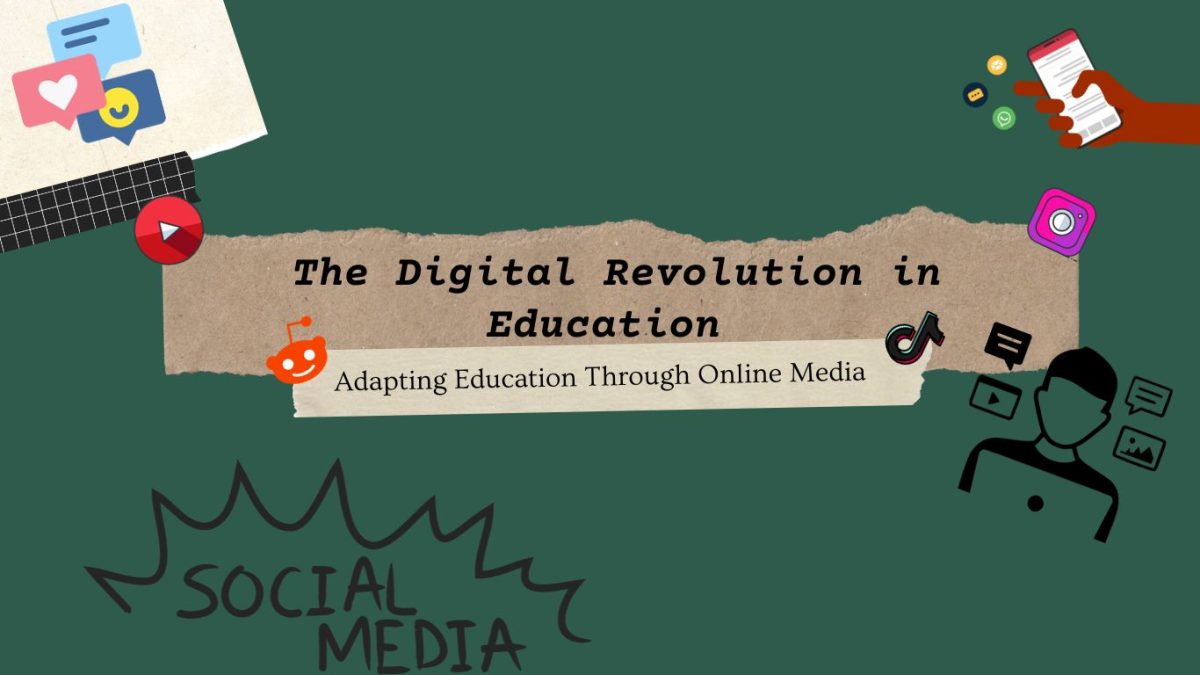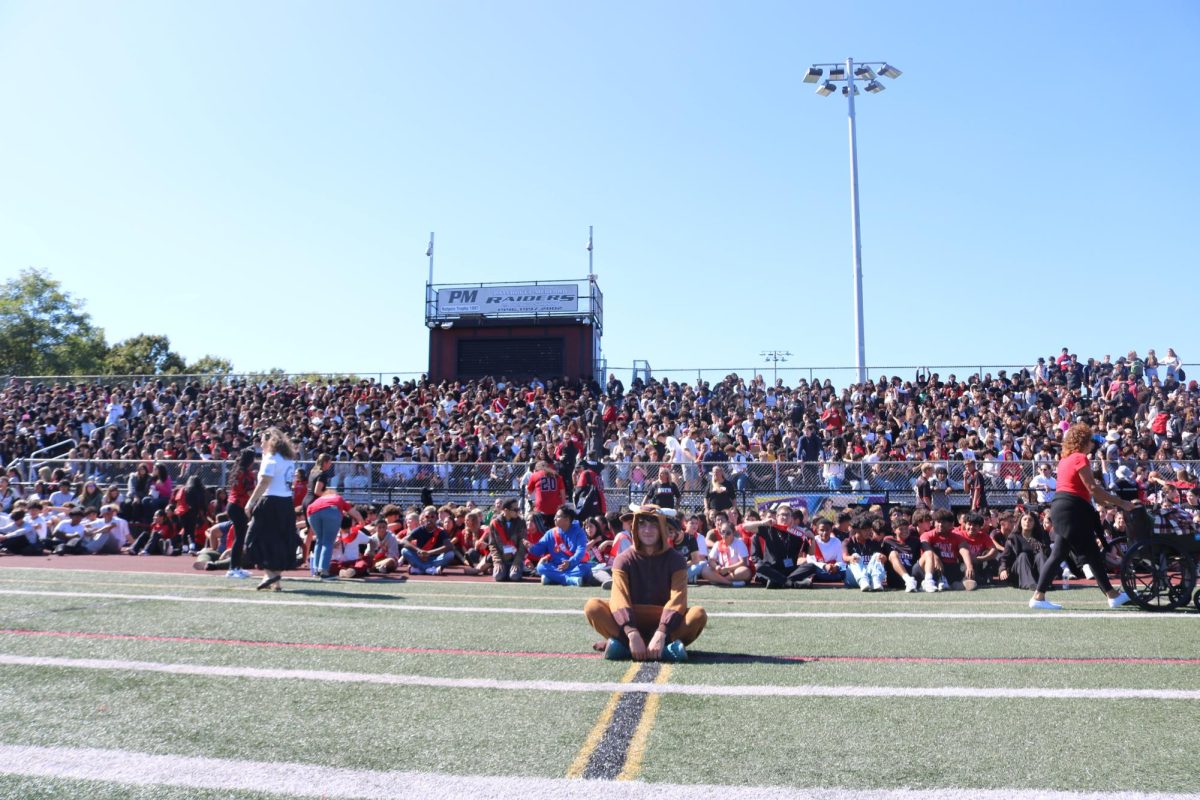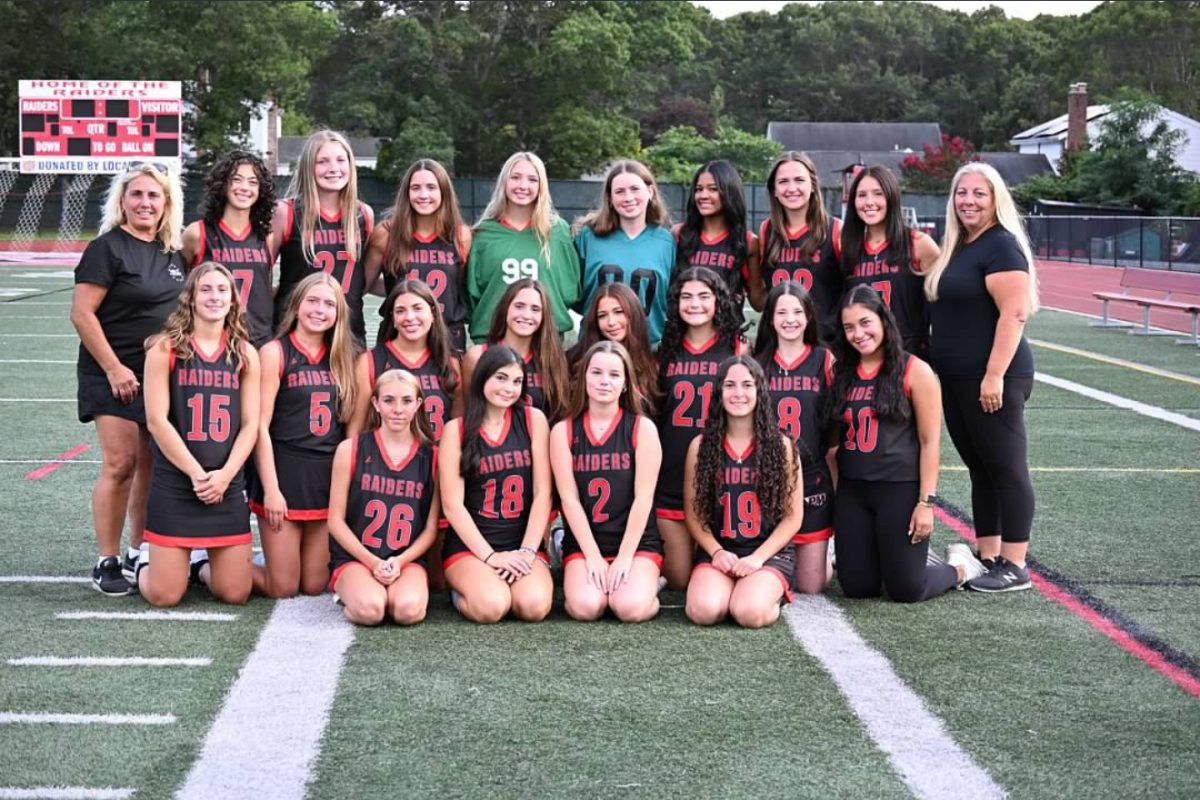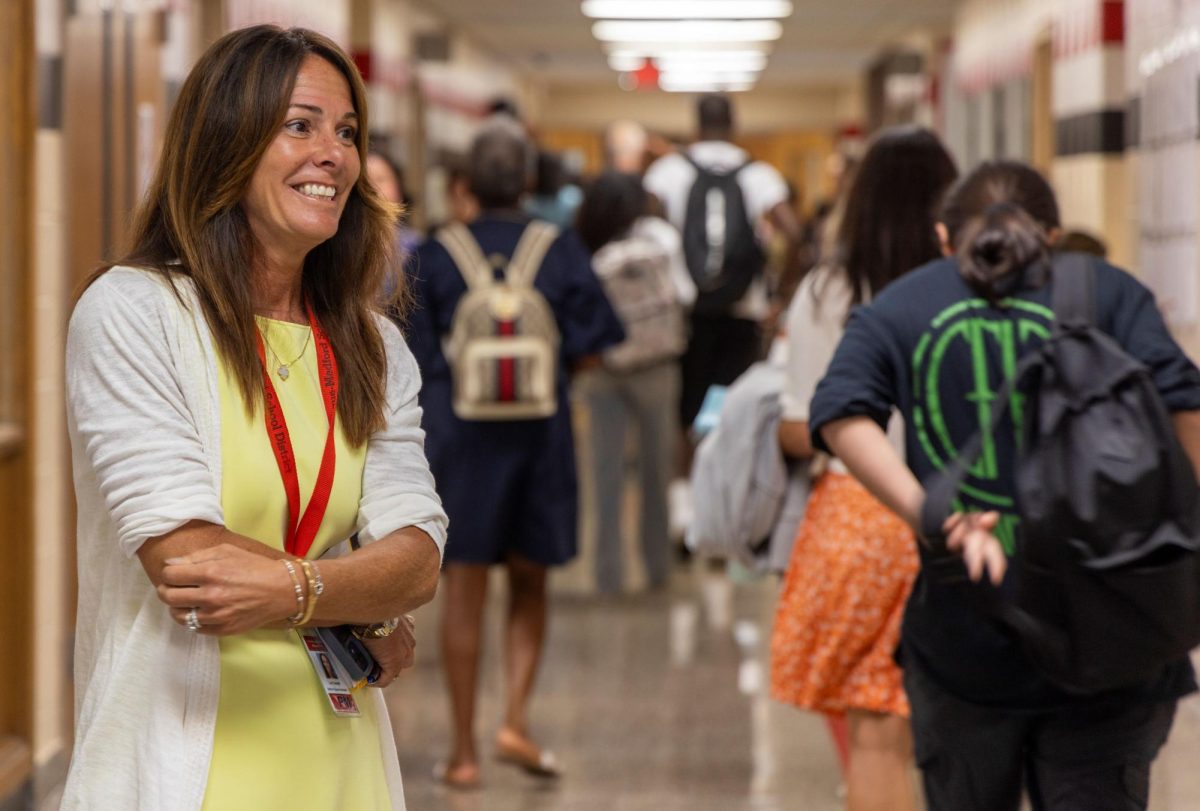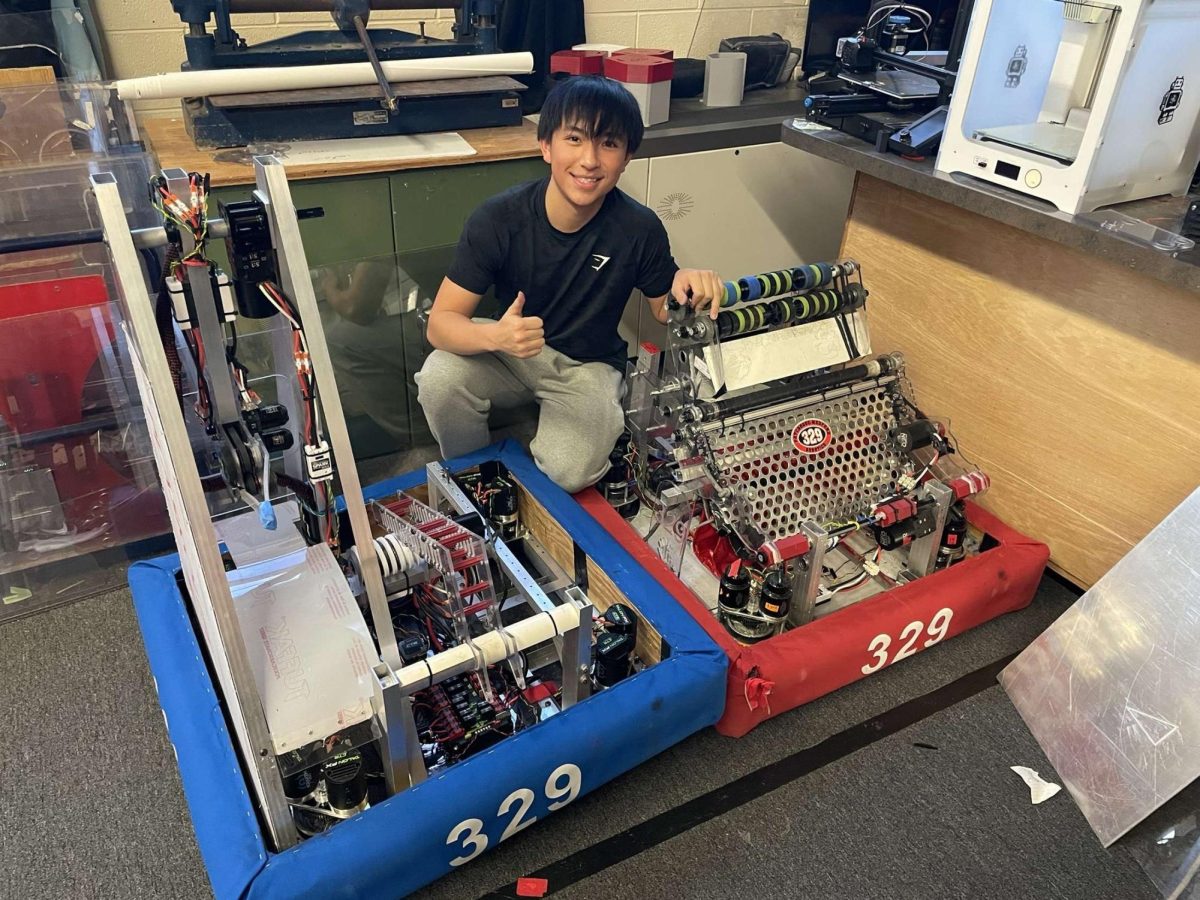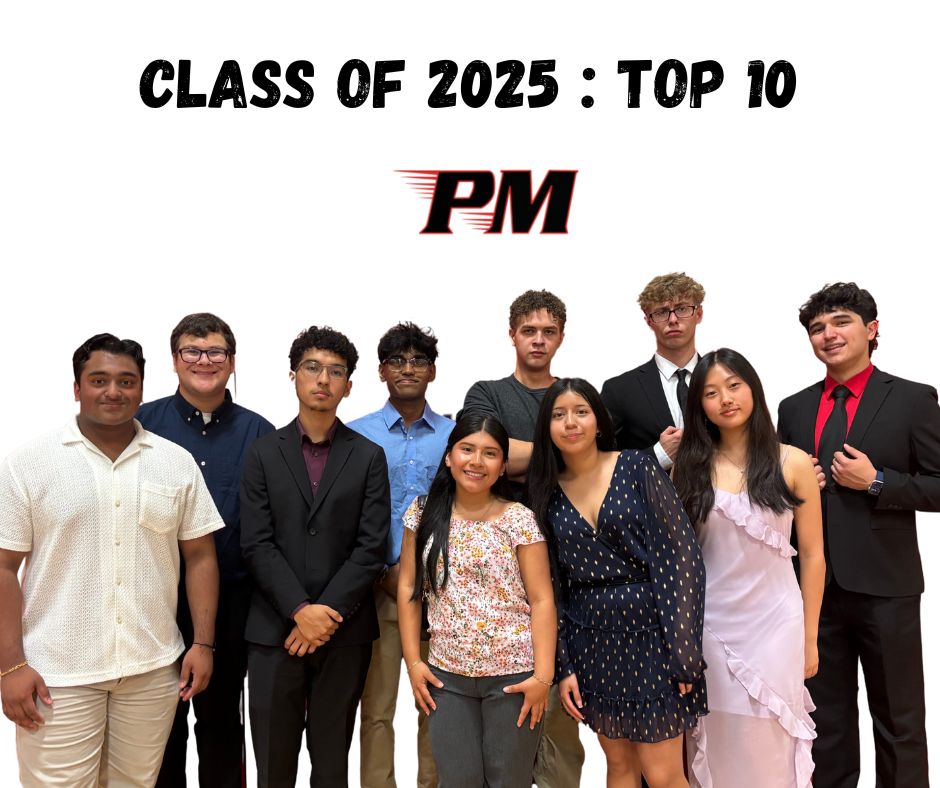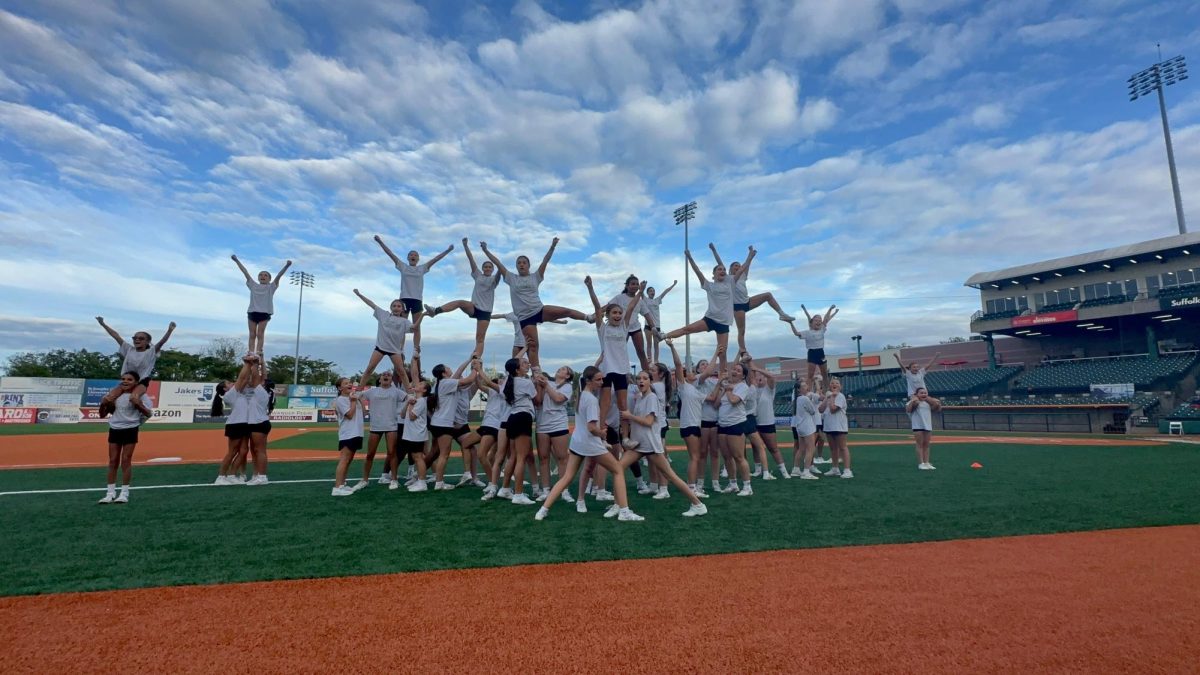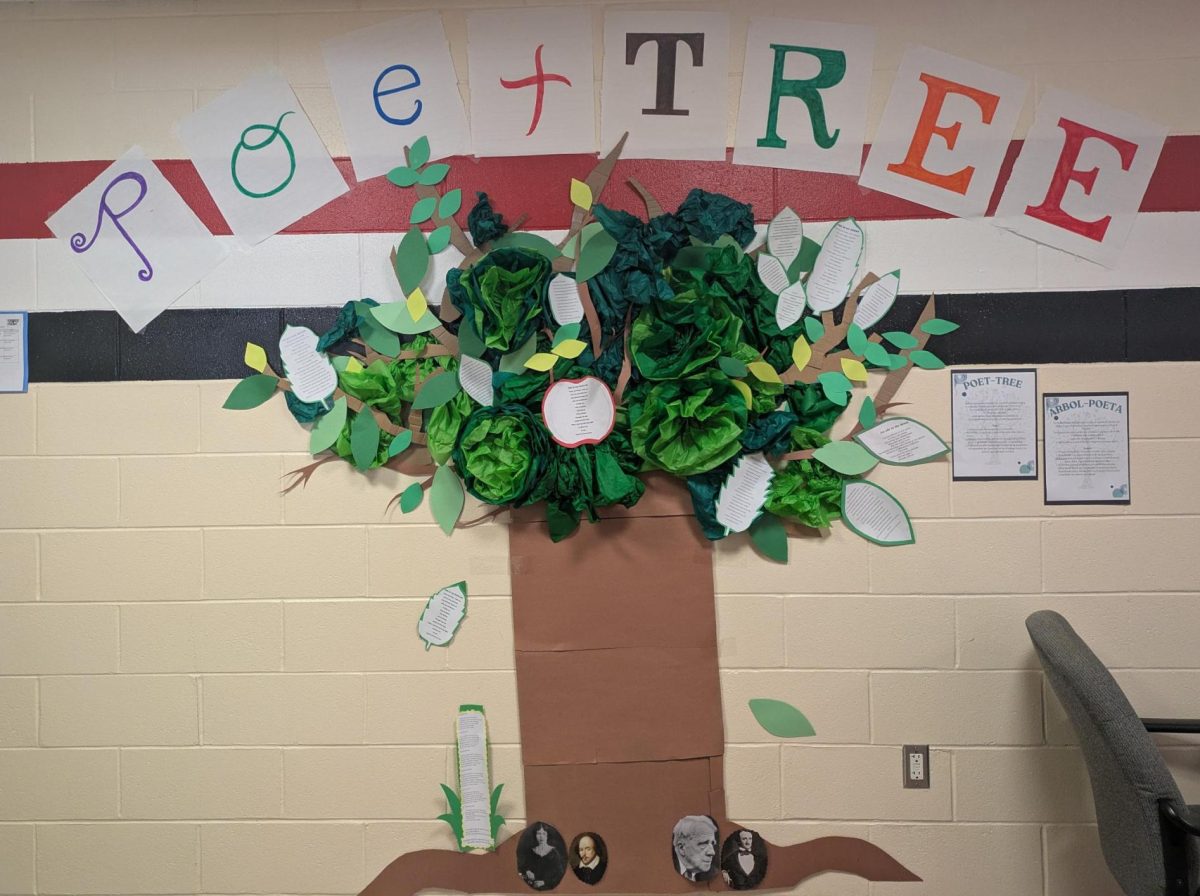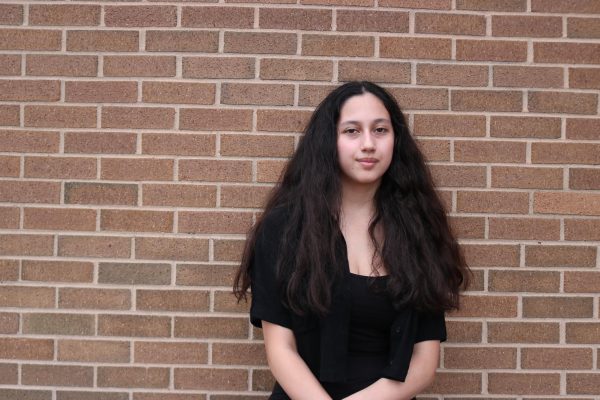In the mid-19th century, many states passed Compulsory Education Laws which mandated that children attend a public or state-accredited private school for a certain period of time within their lives.
This created what middle to high school students all across America typically encounter in the morning: four walls, approximately twenty-four desks, along with a teacher’s desk, uniformly spread throughout a building.
Educational reformers such as Horace Mann, advocated for “common schools” in which all students would be taught a standardized education regardless of their backgrounds.
Institutions dedicated to training new teachers taught specific methods and curricula that were to be enforced in schools.
It wasn’t long before the “graded school system” emerged as well.
Dividing children into separate classes based on age and ability became exceedingly popular and this new structure provided students with the curriculum appropriate for their grade-level competence.
The production and widespread use of standardized textbooks also allowed students of different U.S. regions to receive the same learning materials in accordance with their grade.
And that’s all great.
The evolution from exclusive, informal education for the wealthy into nationwide availability was truly remarkable, especially for its occurrence during the 1800s.
Despite numerous achievements in updating this century-old standard of learning, many schools persist in adhering to this traditional approach.
While it has proven effective for the many students who attend their classes, it doesn’t cater to the requirements of every student.
Hence, students have turned to rather ‘unconventional’ methods of learning via various forms of media.
Platforms such as YouTube, Reddit, Quora, and TikTok have aided an extraordinary number of individuals as they navigate through their academic careers.
Ella Kelly states, “I will usually find myself searching YouTube for videos to help me with classes like Geometry and AP World. I do it to help me understand the material a bit better than I usually can during the day.”
Media outlets provide a diverse range of topics and instruction in several forms.
The interactive visuals that are incorporated into the content of which students are consuming online allow for a more memorable and adequate comprehension of the material.
Students are able to tailor their learning experience to their exact liking and skill level which grants them the opportunity to engage in a lesson without the stress of keeping up with a room of twenty-four extra people.
Kaylee D’Avanzo states, “Sometimes I’ll watch a video or two to help with my homework, being able to go at my own pace and learn what I specifically need makes it a lot easier.”
Accessibility is one of the major factors that drives students to social media platforms to acquire the necessary knowledge to be better equipped for in-school hours.
Lilly Rosenberg states, “I always use YouTube or even TikTok to learn. I find it convenient because a simple click of button lets me reach what I need for school.”
Many students will find themselves invested in activities that render them unable to attend the extra help that most teachers offer. These activities can range from clubs, sports, jobs, taking care of siblings, etc…
Utilizing media as a quick and easy option to clear up some basic confusion on a topic within a shorter amount of time aids students in maintaining their regular schedule without a substantial setback.
The rise of digital platforms and their increasing popularity among students signifies a new frontier in adaptable learning.
They offer accessible and diverse knowledge that can be customized to the schedules and preferences of everyone.
Media outlets serve as vital supplements to standard education, accommodating individual needs instead of the broader ones and as people begin to embrace these digital tools, they will encounter a more inclusive educational paradigm in which all types of instruction are accessible.

